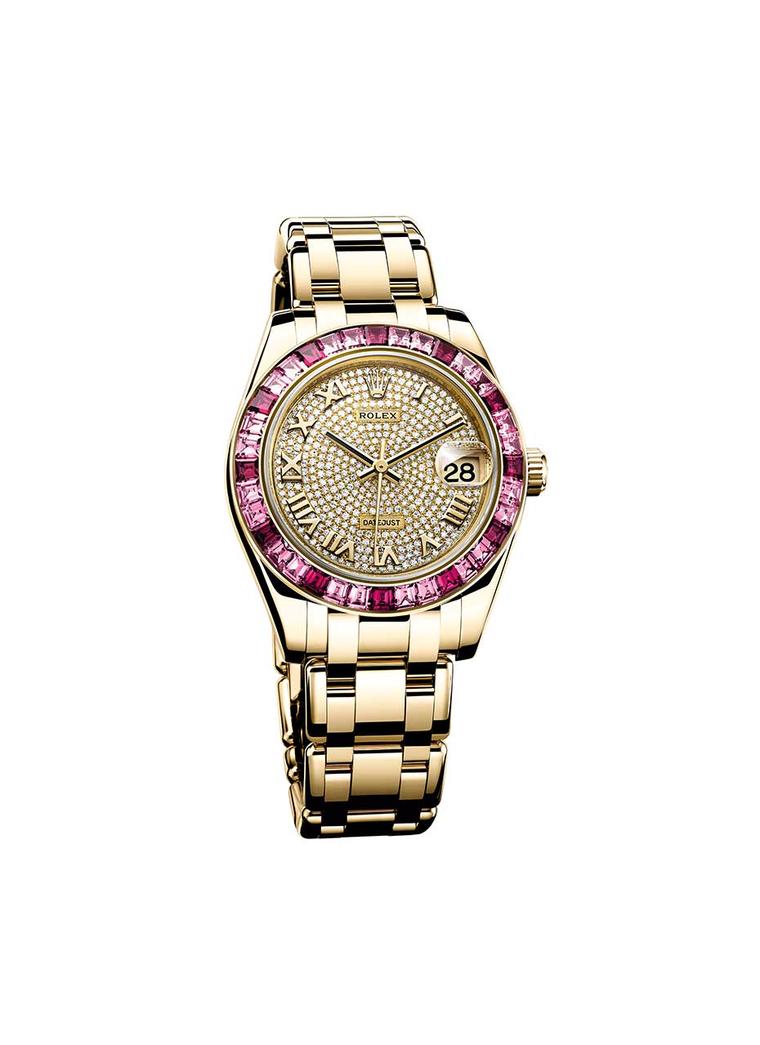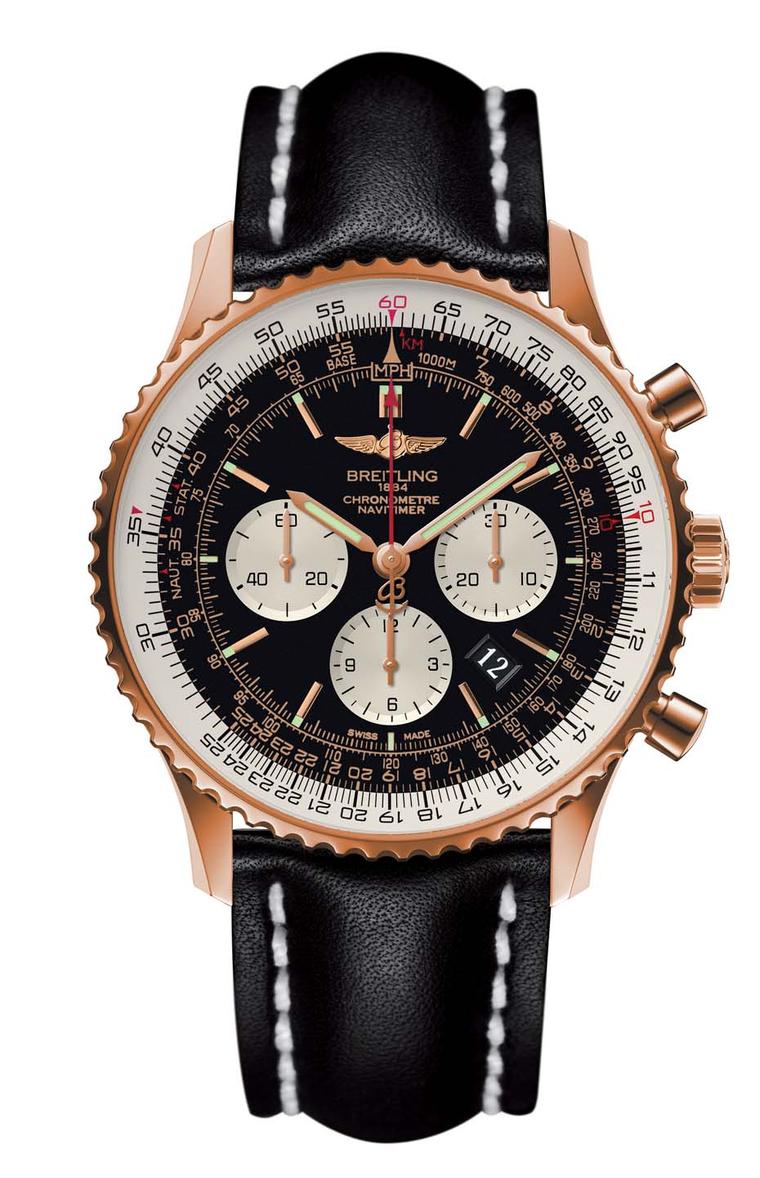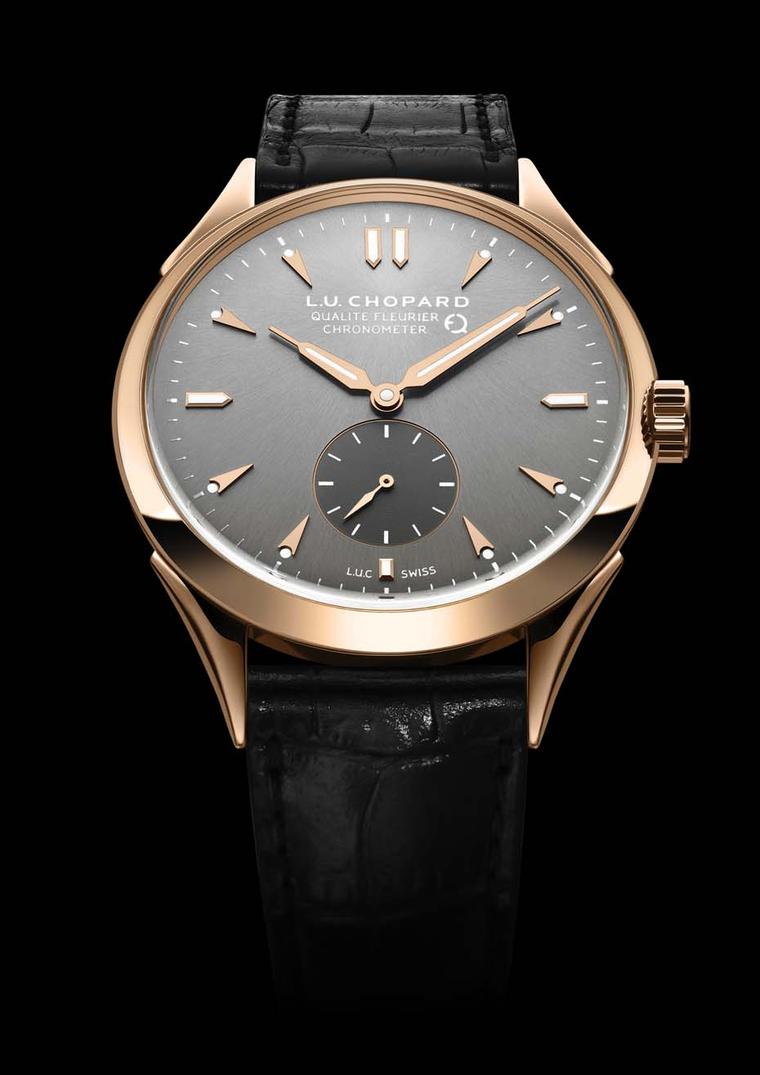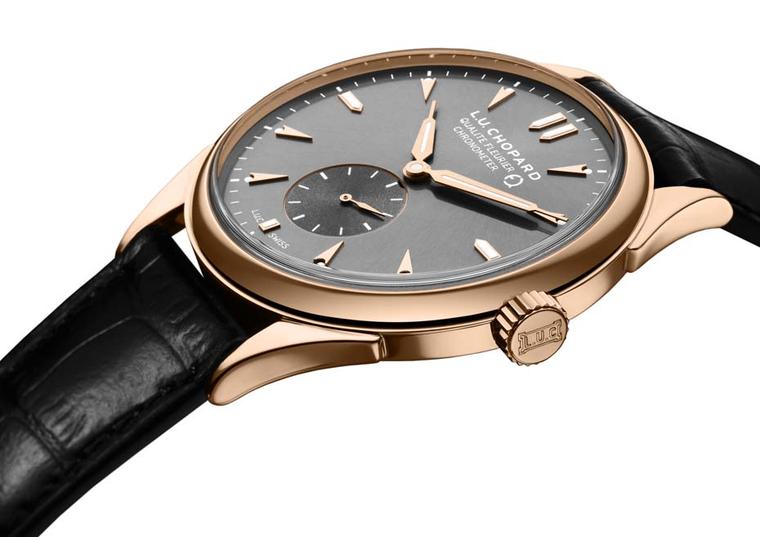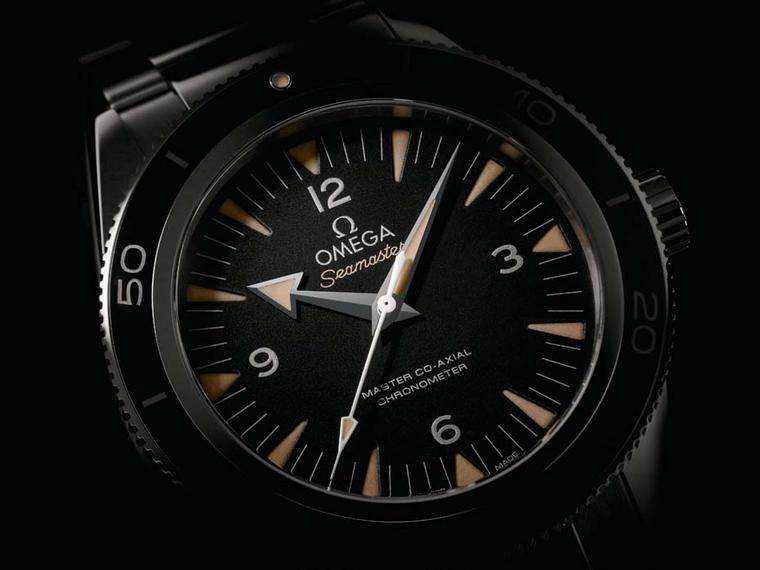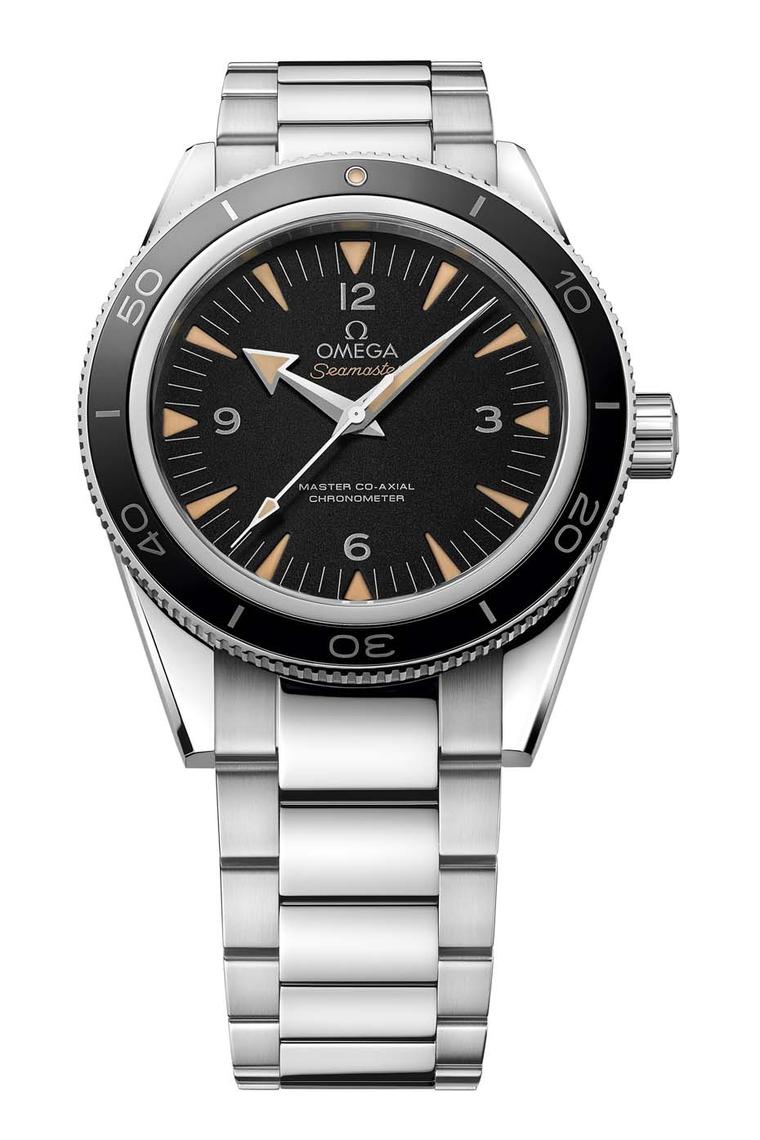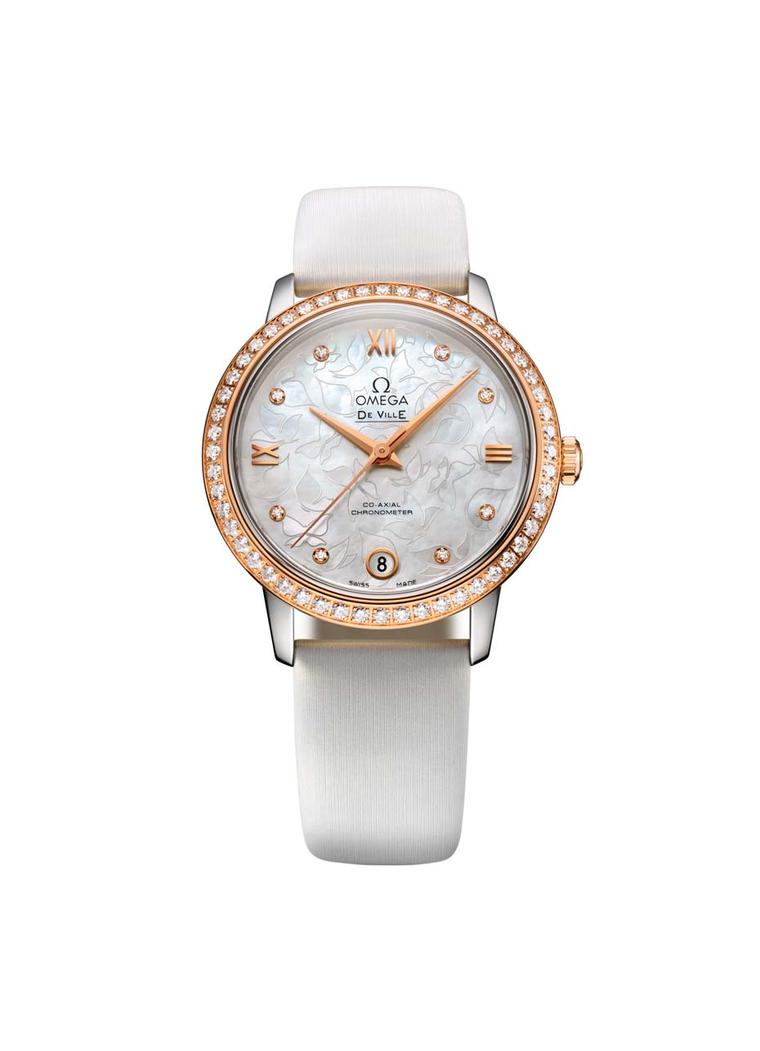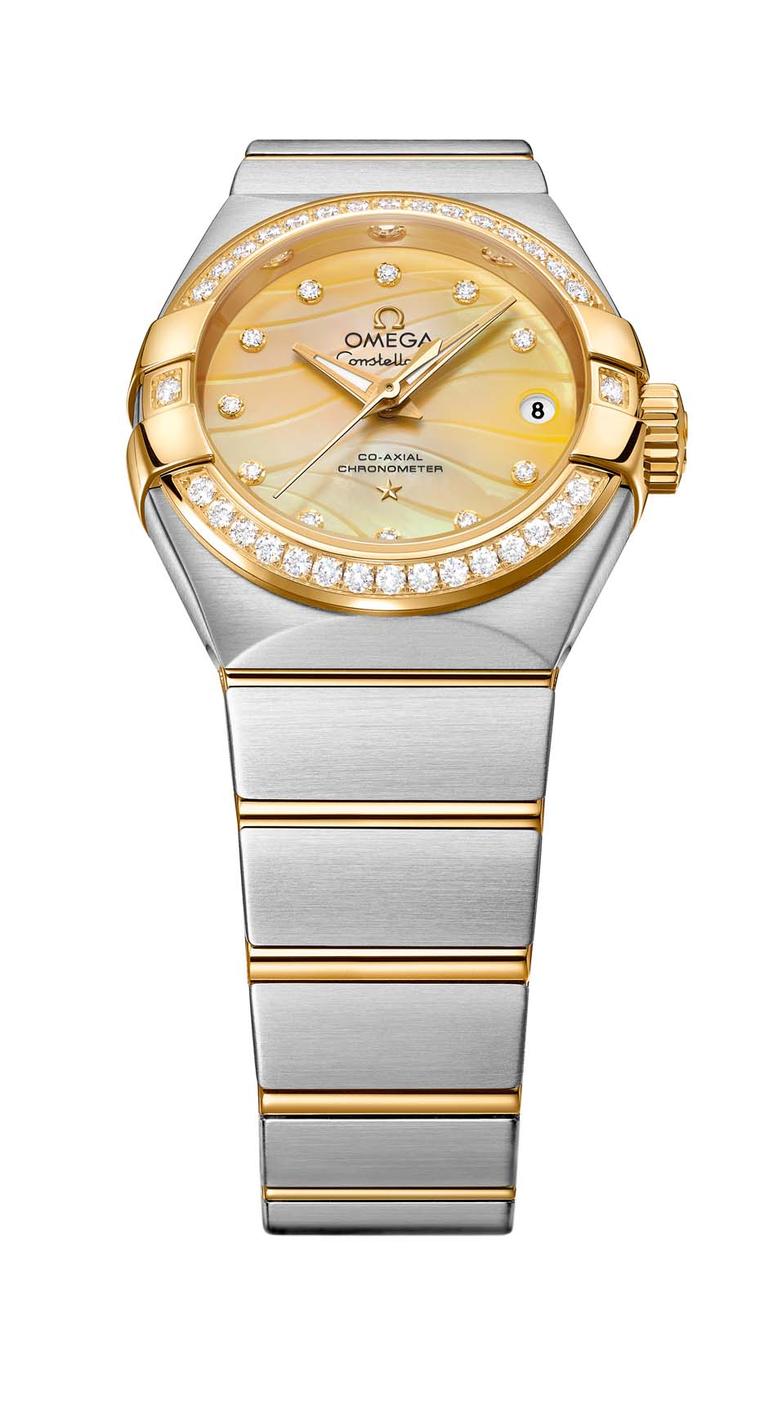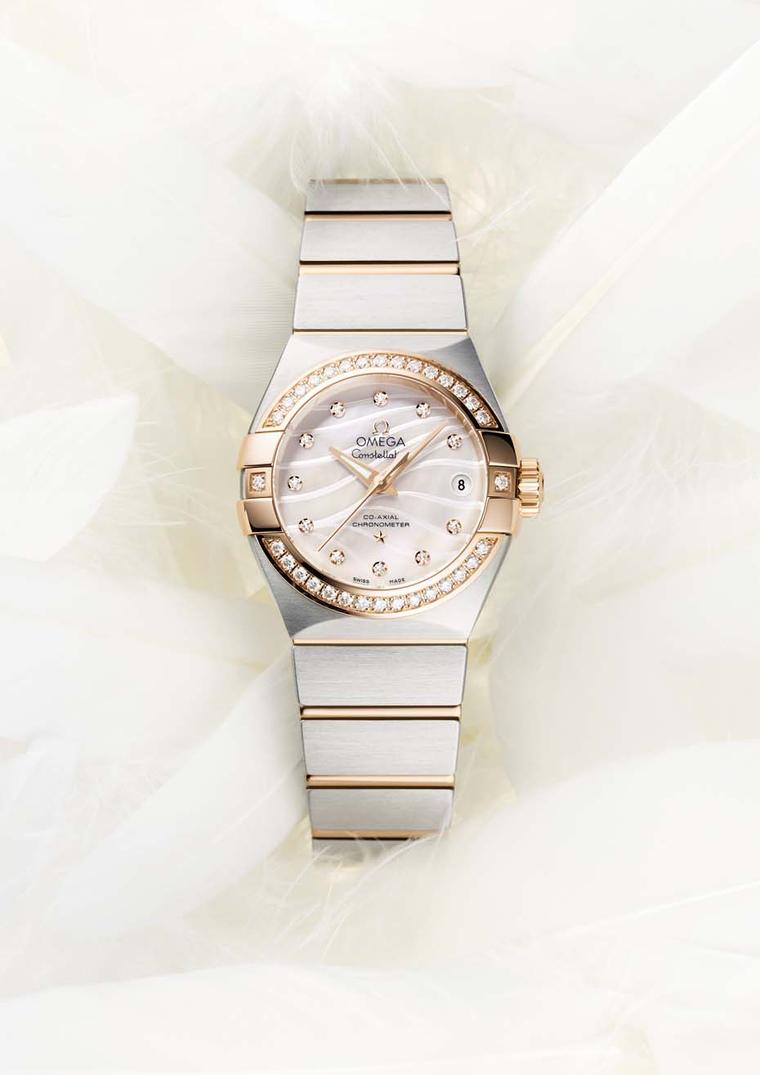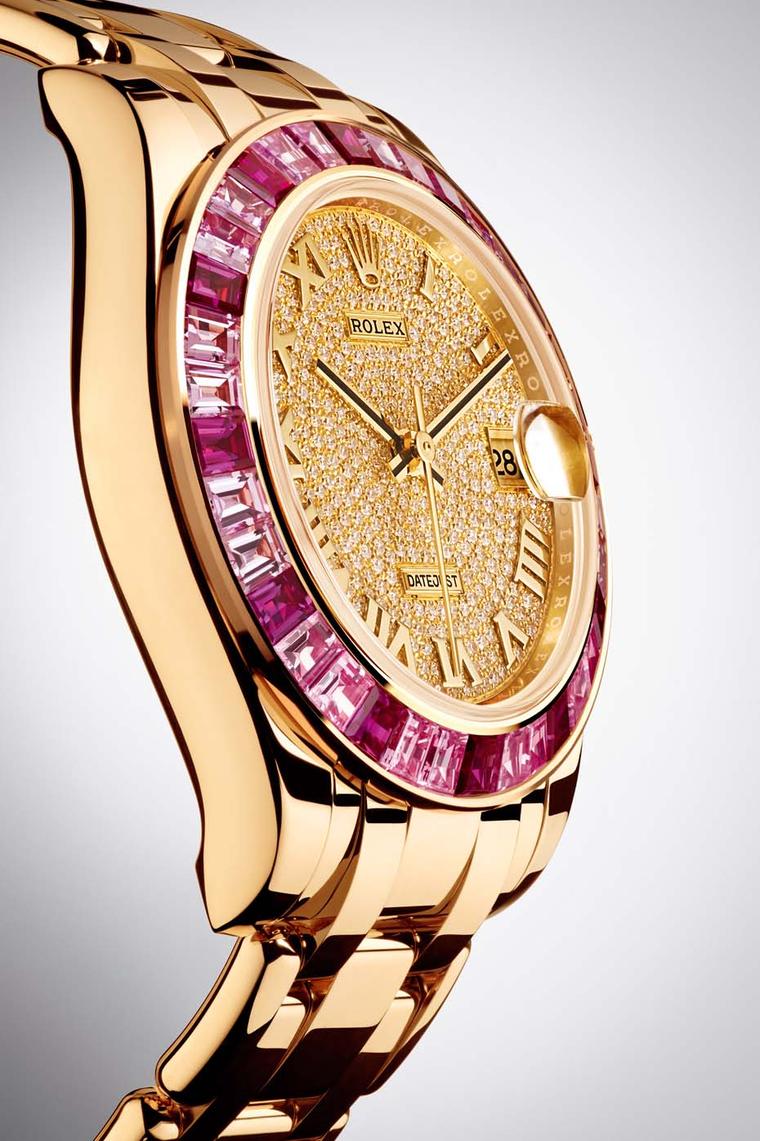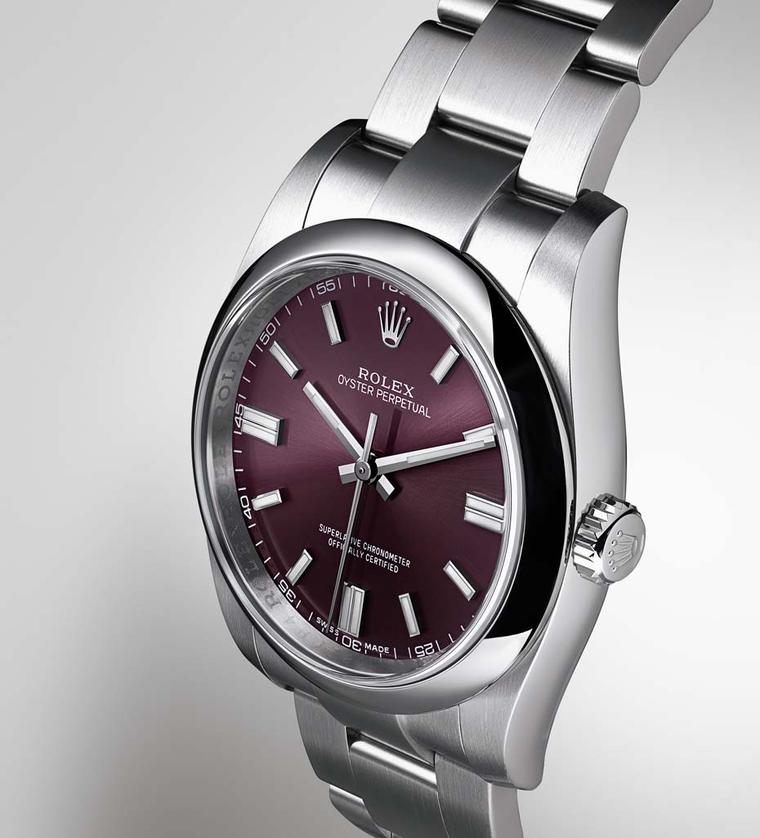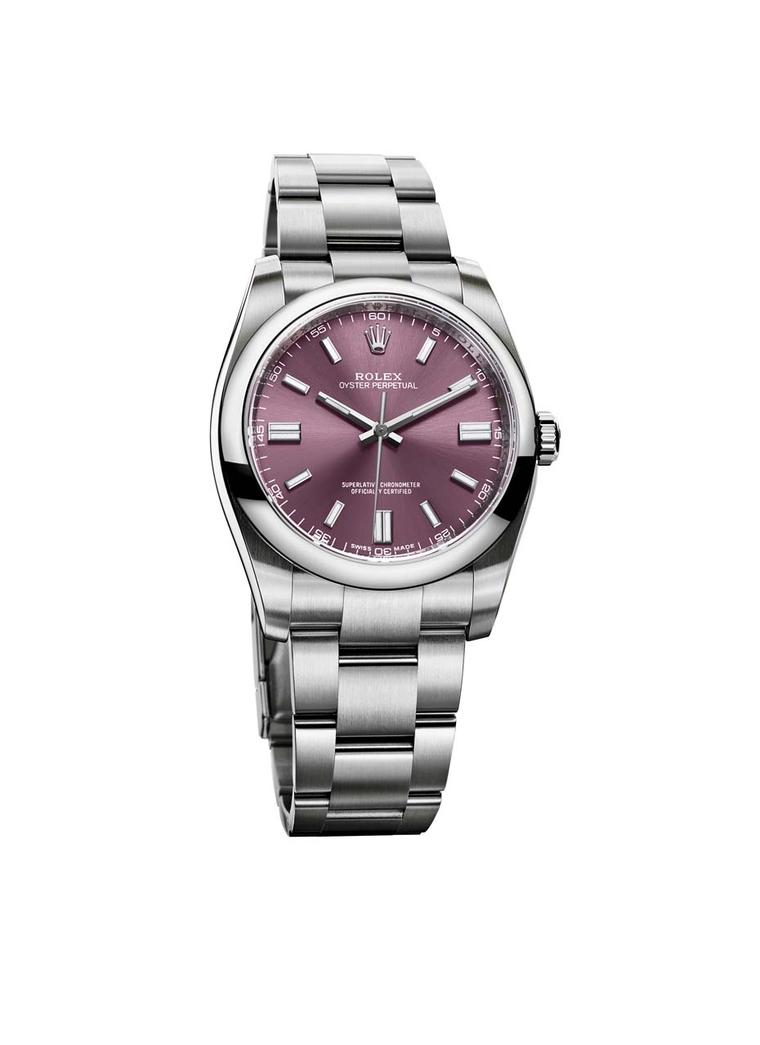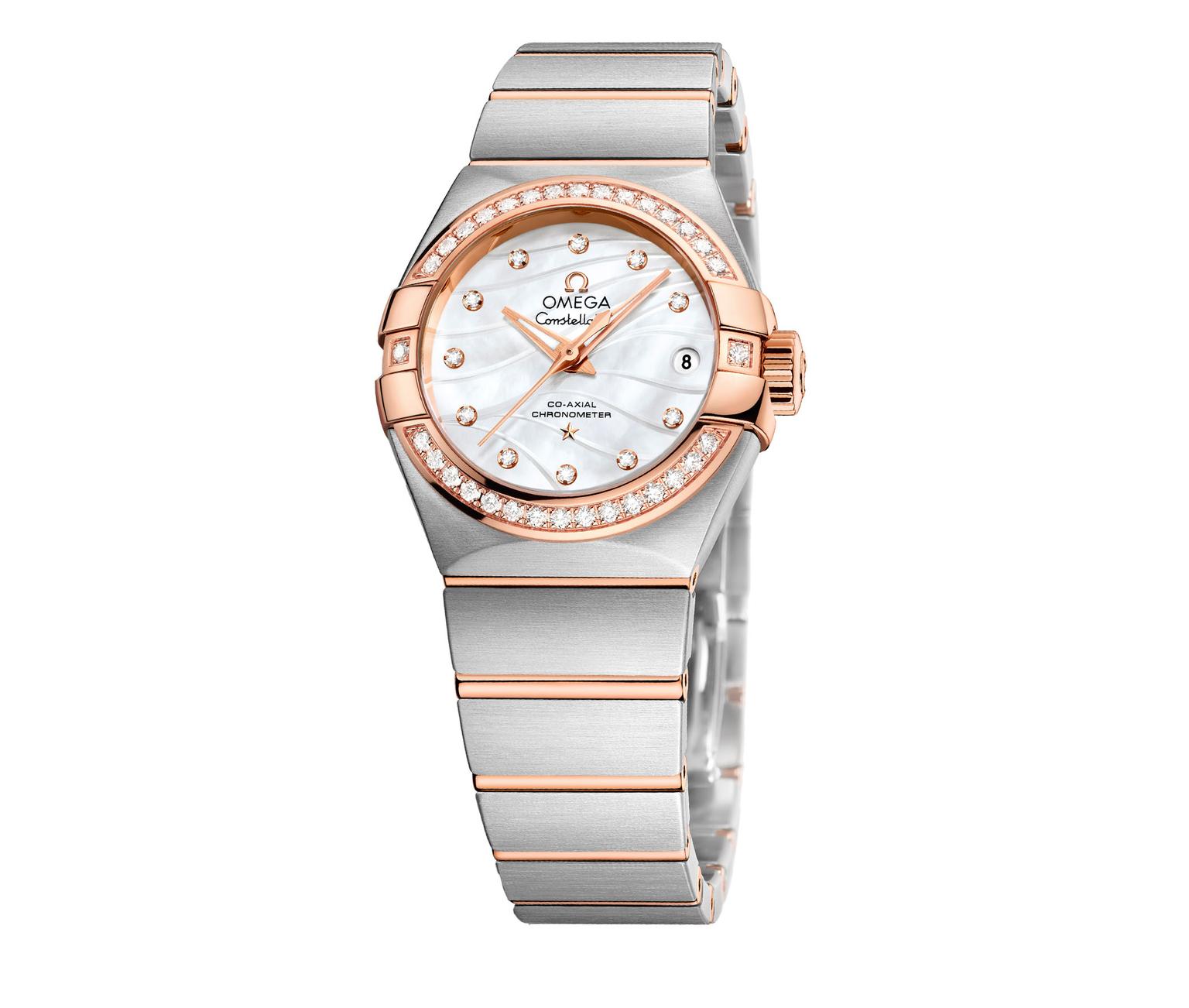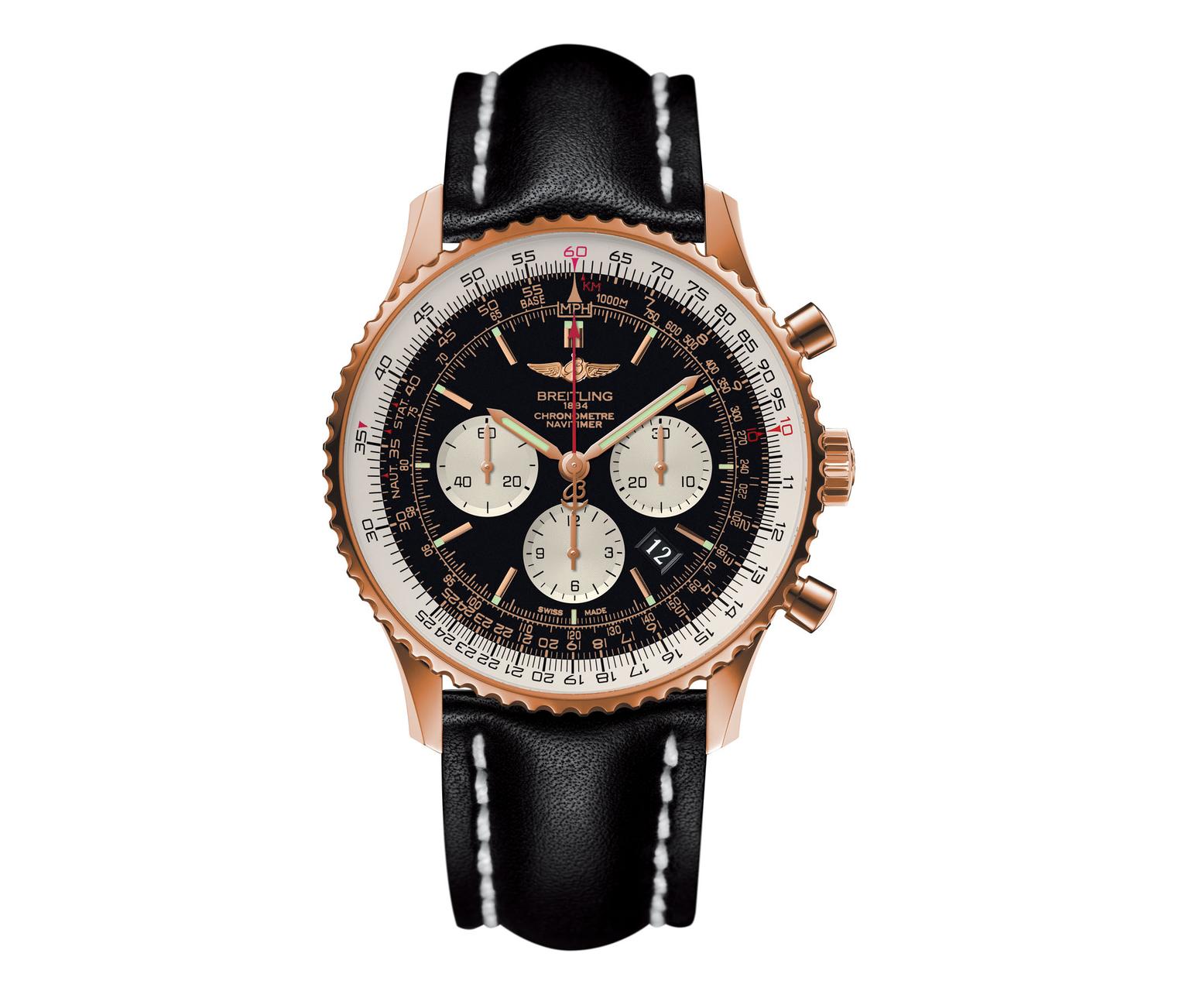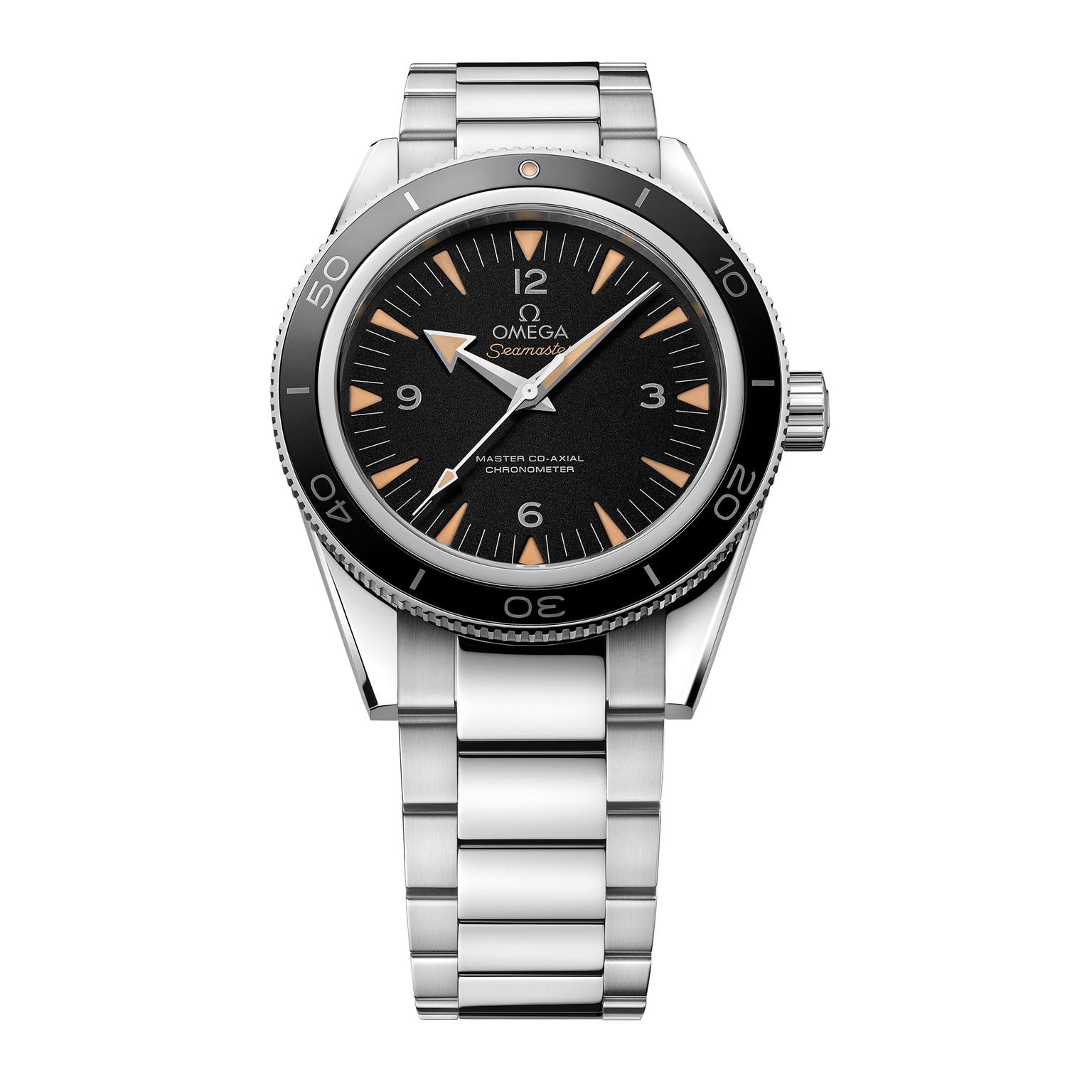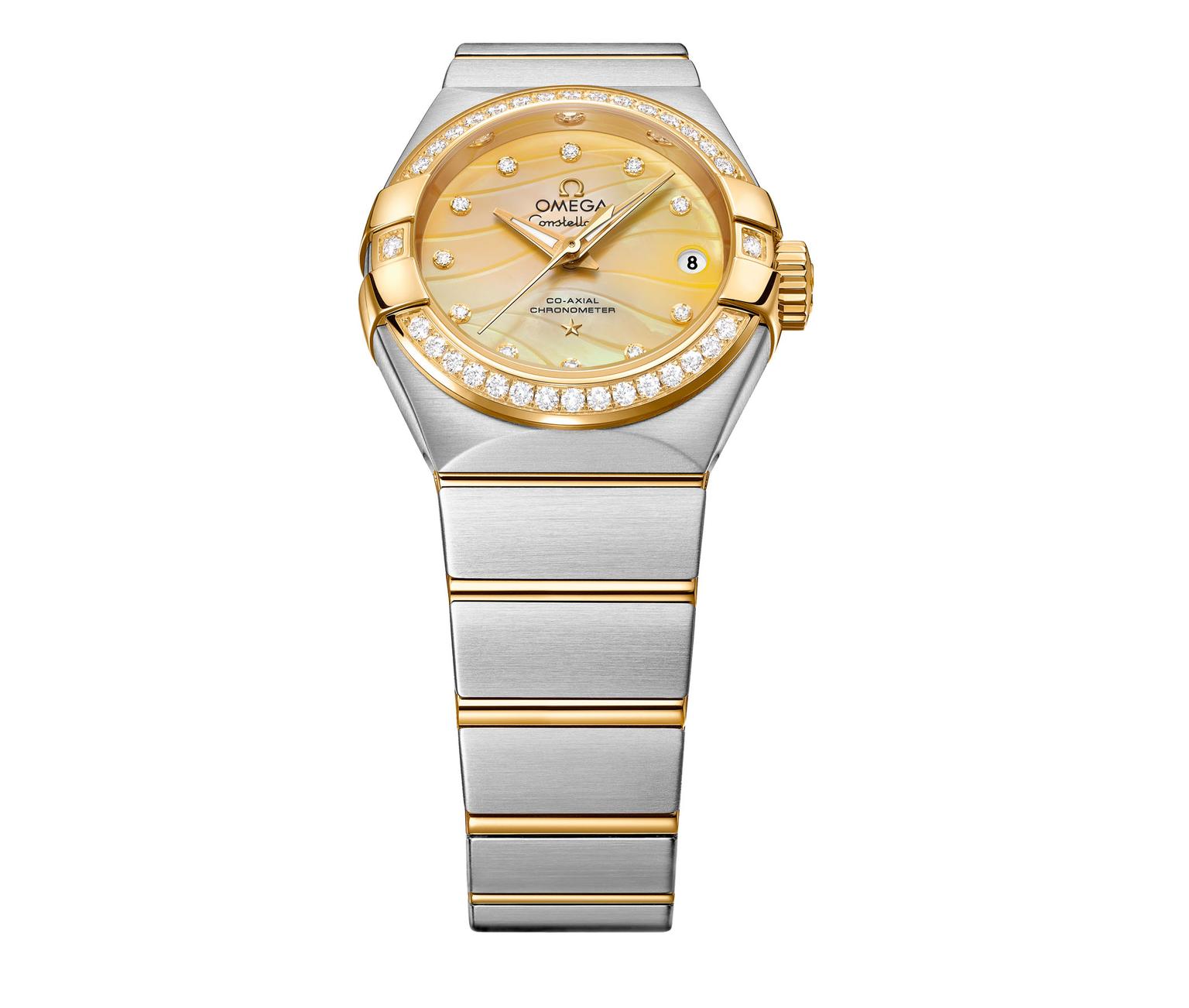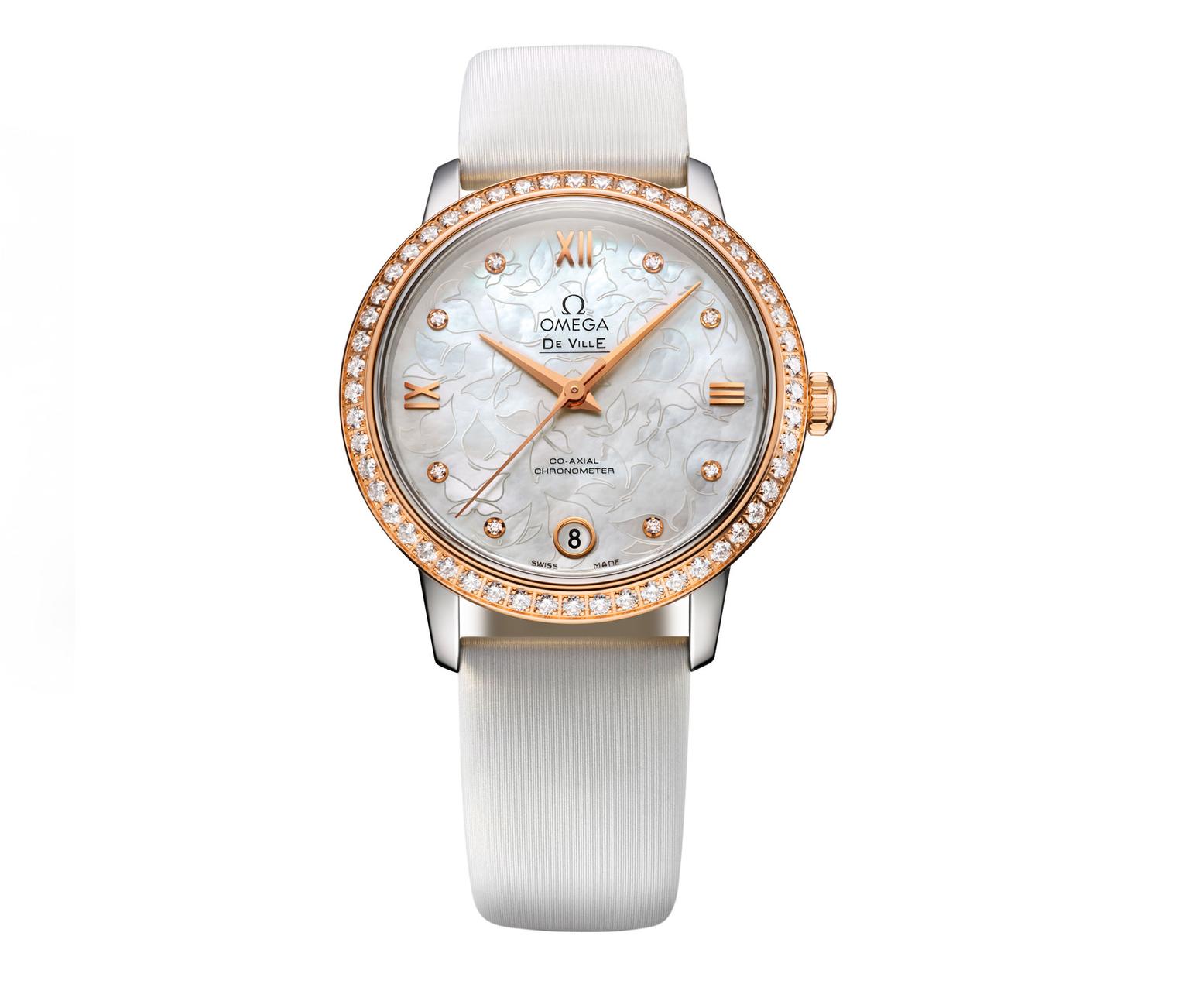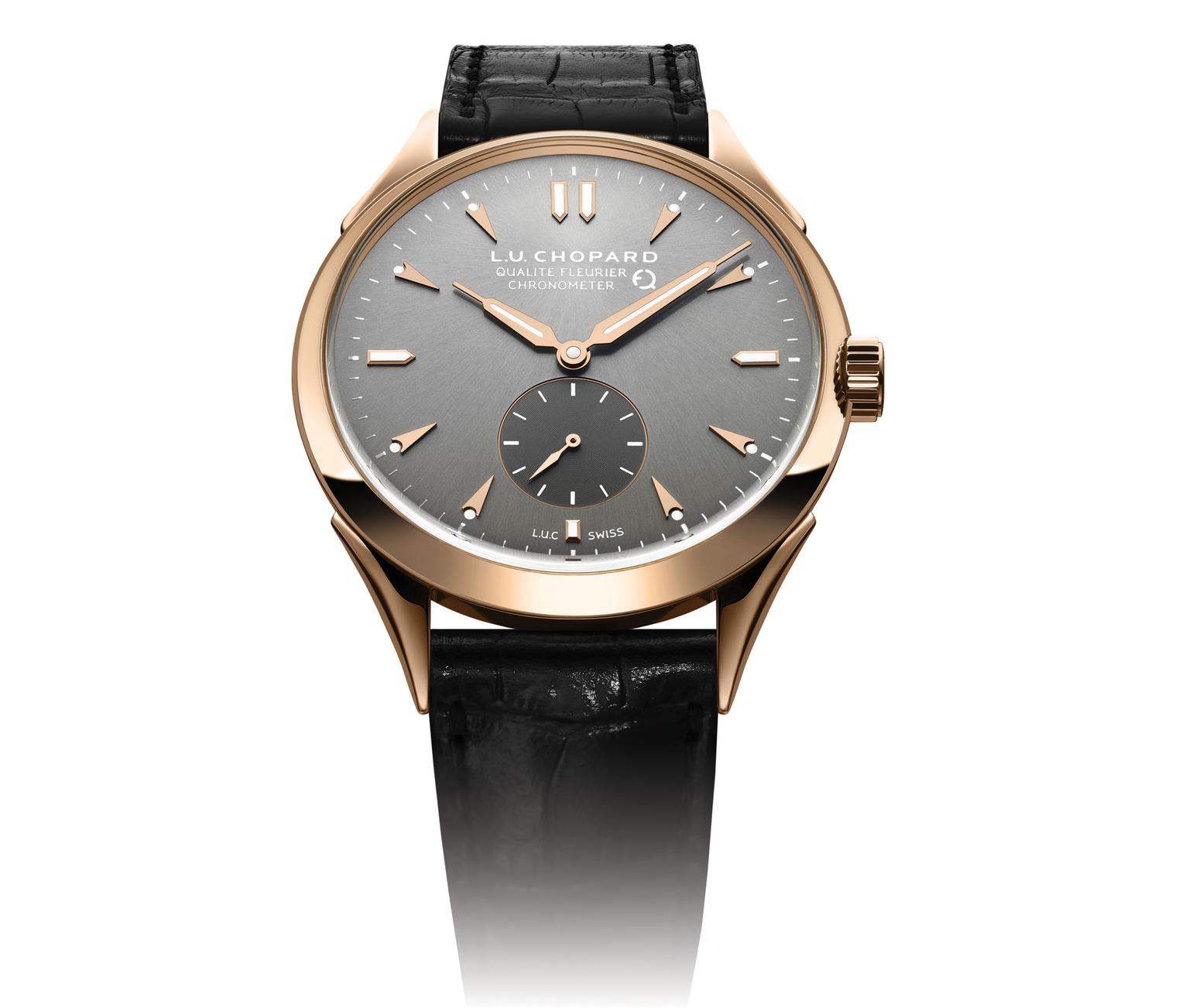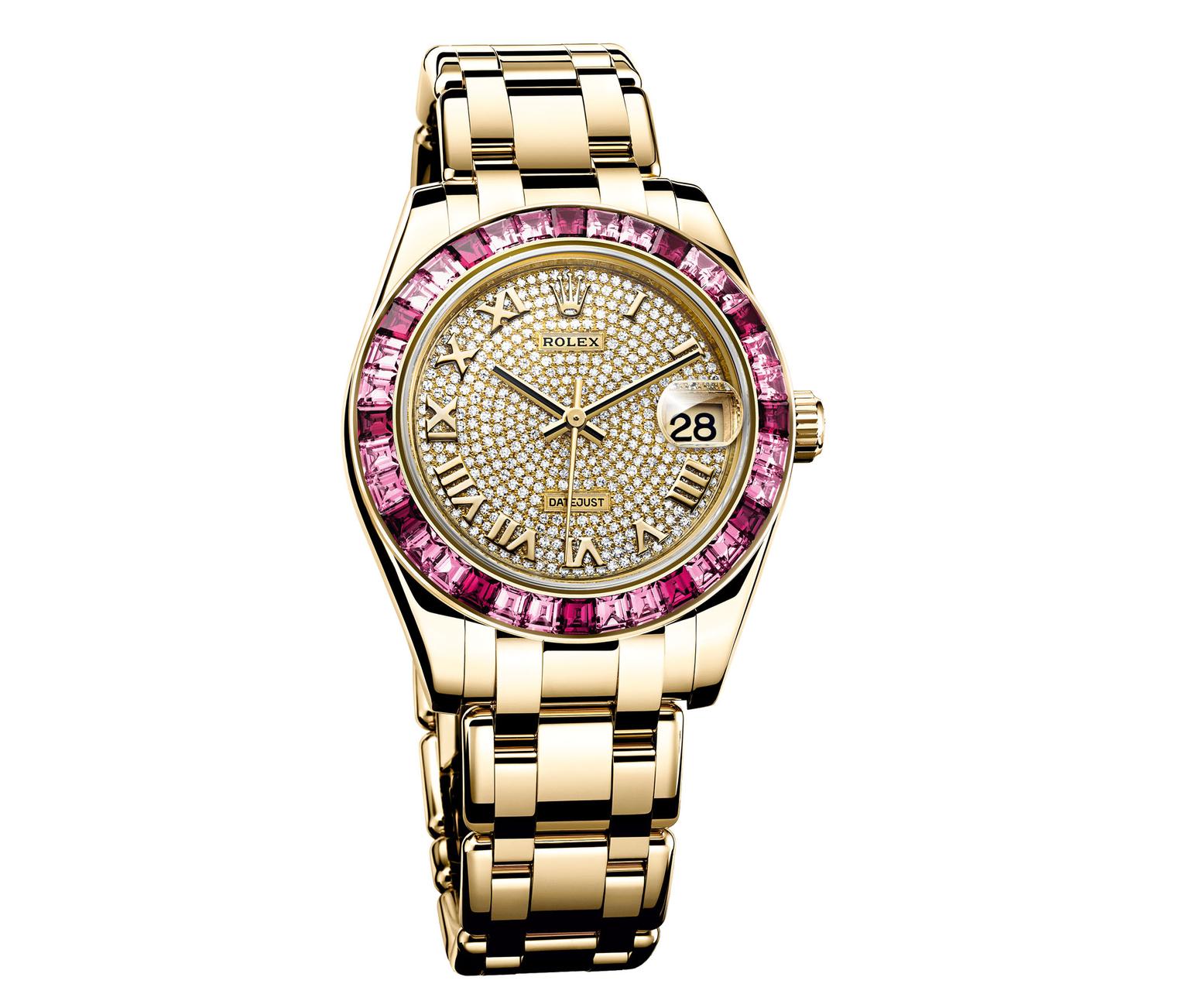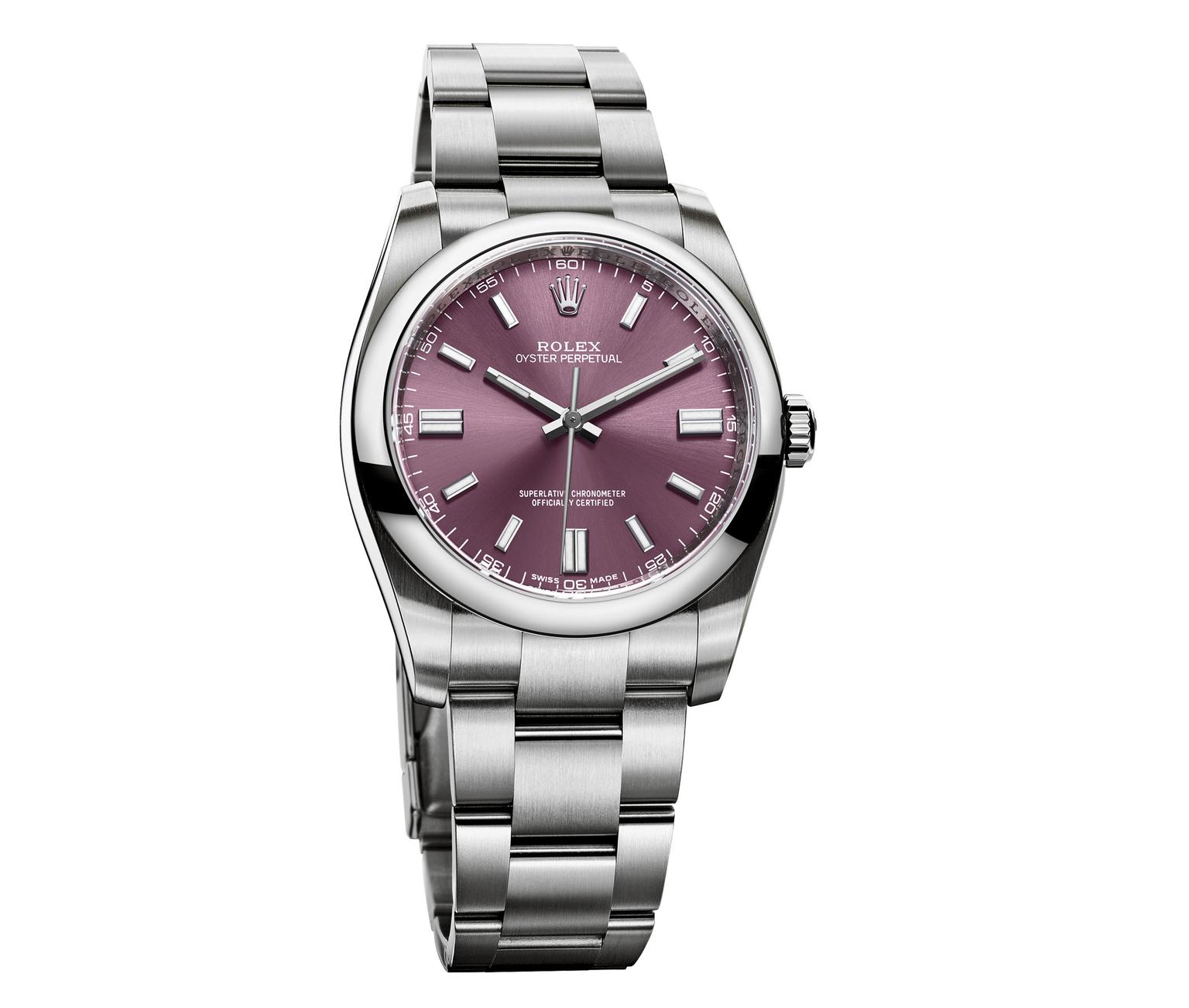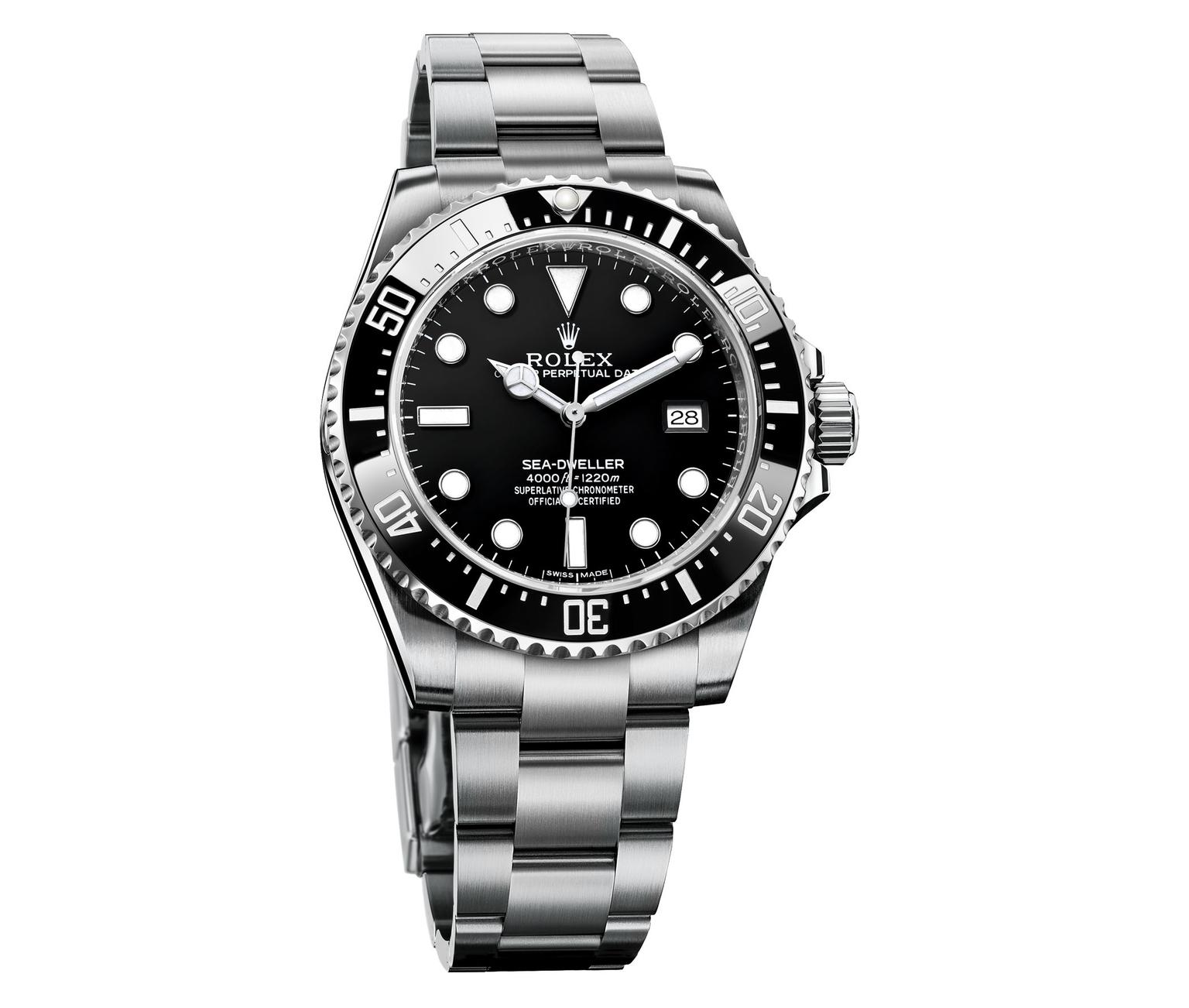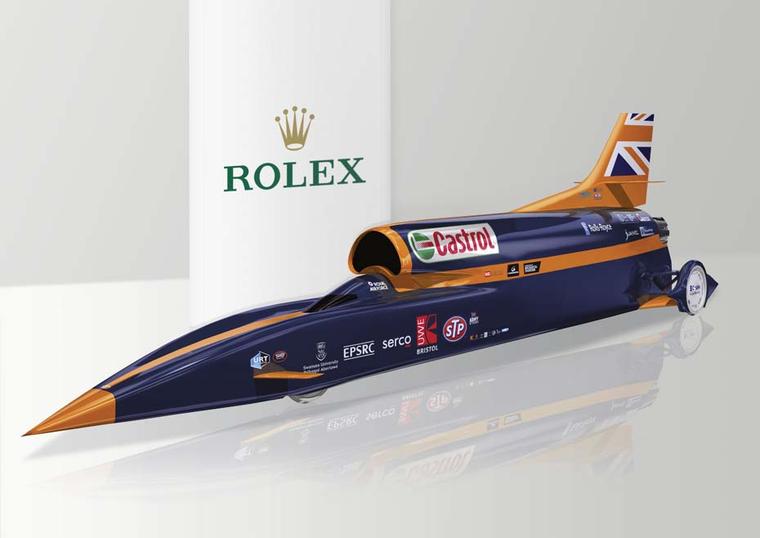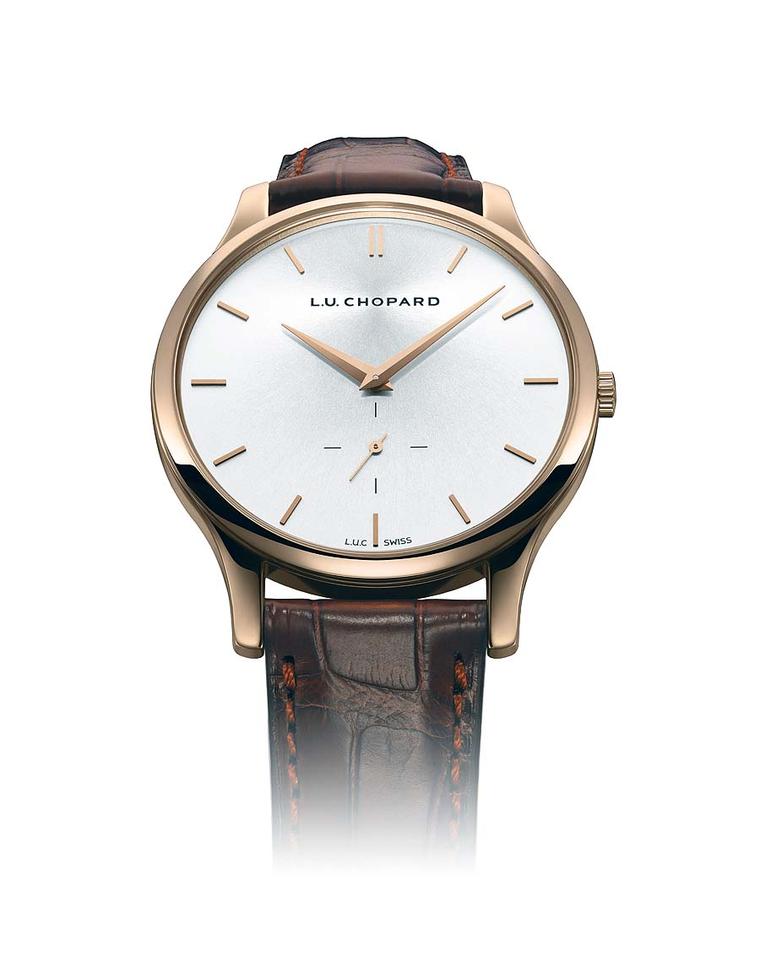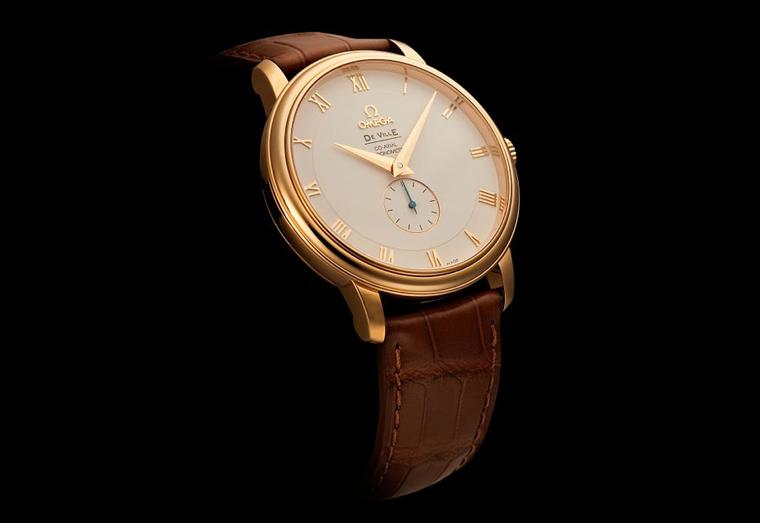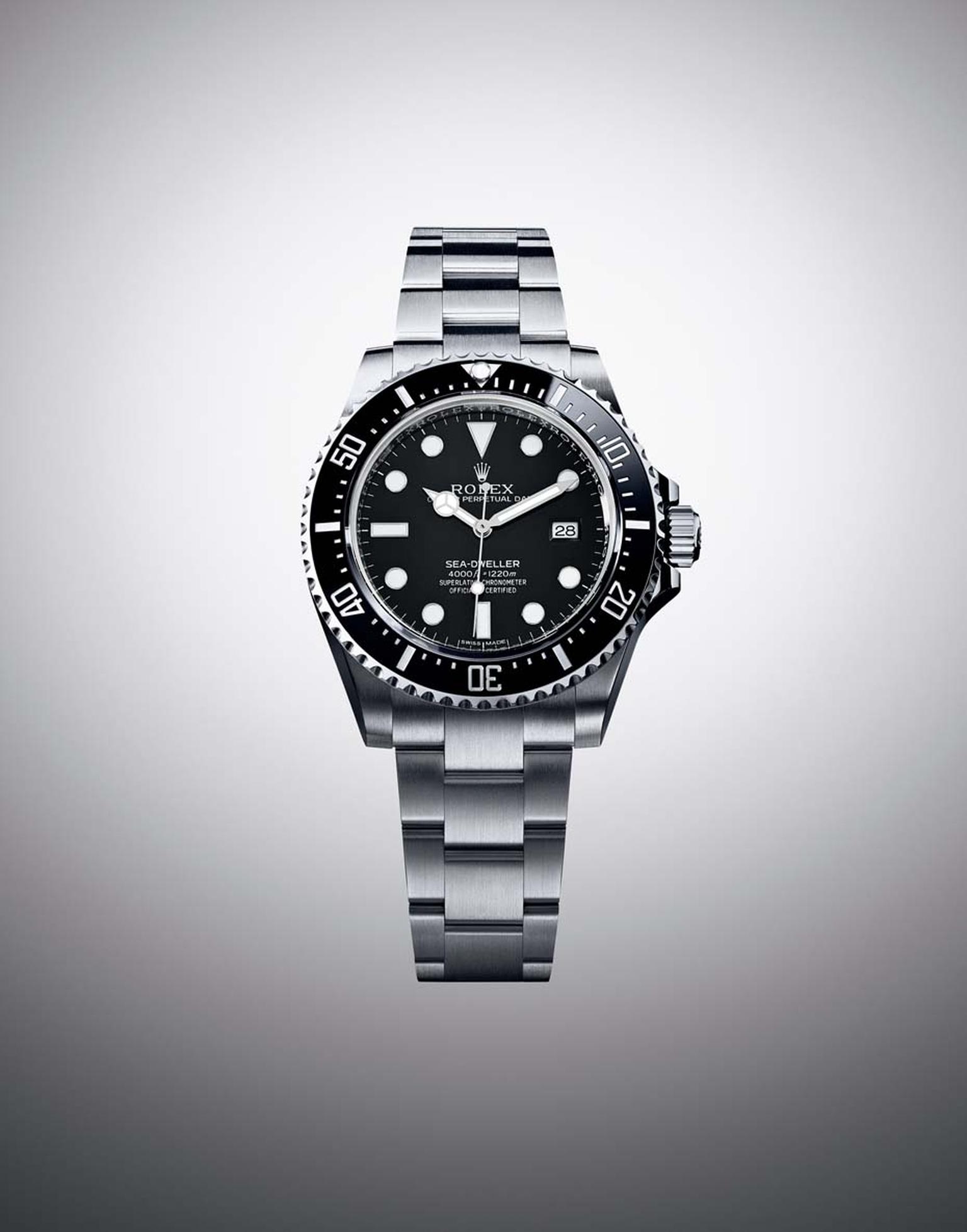
By Rebecca Doulton in Madrid
First encounters with the Lilliputian world that makes watches tick is for many mortals like venturing into an alien galaxy where the locals speak a different language. There were some things that I thought I knew, however, and I was pretty sure that there was no difference between a chronometer watch and a chronograph watch - they were just interchangeable words for a watch with some buttons on the case used to measure elapsed time.
In fact, a chronometer is not a chronograph, and since it is a fairly common misunderstanding, it is worth distinguishing the basic functions of the chronometer. In a nutshell, a chronometer is essentially a very accurate mechanical watch, capable of displaying hours, minutes and seconds with a movement that has been tested by independent third party laboratories, like the official Swiss Chronometer Testing Institute (COSC).
Since only 1.7 million official COSC certificates were issued in 2012 - which represents roughly 3% of Swiss watch production - the seal is highly esteemed. Rolex, Omega and Breitling are in the top three positions as certified chronometer producers. With various chronometers in its collection, including the classic Rolex Oyster Perpetual watch and Rolex Oyster Perpetual Sea-Dweller, the revered Swiss brand accounted for almost 800,000 of those certificates in 2012 and is clearly the leader of the pack, for the moment. Tissot has recently started to obtain COSC certificates for its chronometer watches, and with its colossal production facilities, could start to dislodge some of the top brands.
Read more about Rolex watches here
The chronometer was originally devised for maritime purposes and perfected by John Harrison, who solved the longitude problem with his marine chronometers. It might not seem like a big deal, but creating a clock in the 1700s capable of maintaining accurate time in a vessel - constantly pitching and rolling and exposed to changing temperatures and humidity - was no easy task. Accuracy was of the essence for the simple reason that for every 15 degrees that a ship travels eastward, the local time moves one hour ahead; moving west 15 degrees, the time moves back an hour. If sailors could establish the accurate time of Greenwich (GMT) on board, they could measure local time by observing the Sun and calculate the difference to see how far they had moved east or west.
Four centuries down the road and marine chronometers have been replaced by sophisticated atomic clocks and GPS tracking systems. Although a quartz watch will always be more accurate than a mechanical movement, the beauty of possessing a mechanical soul capable of translating kinetic energy into power to tell the time is fascinating. The downside is that mechanical watches succumb to gravity and friction, so having a COSC seal of chronometry adds to the satisfaction of possessing the most accurate chronometer possible.
The COSC seal of approval certifies the precision of chronometer movements manufactured exclusively in Switzerland and tests each uncased watch for 15 days in five positions at three different temperatures maintaining a daily error rate of -4/+6 seconds. The watch either passes or fails and, if successful, features an engraved number on its movement and a certification number.
There are, of course, other certificates for excellence, like the Fleurier Qualité Foundation used by Chopard, Parmigiani and Bovet, which in addition to securing a COSC certification for its chronometers vouches for the aesthetic finishes of the watch. Others, like Patek Philippe, up the ante further still, demanding accuracy rates of within -3 to +2 seconds per day for some of its watches in order to be granted its very own Patek Philippe Seal. But that is I guess the prerogative of being at the apex of the watch ladder.
Chronometer watches come in all shapes and sizes, from sporty-looking divers' watches to high jewellery dazzlers. But now for the twist: only a certified chronometer watch can be called a chronometer, but can a chronograph watch also be a chronometer? The answer will be in our next instalment on chronographs.


